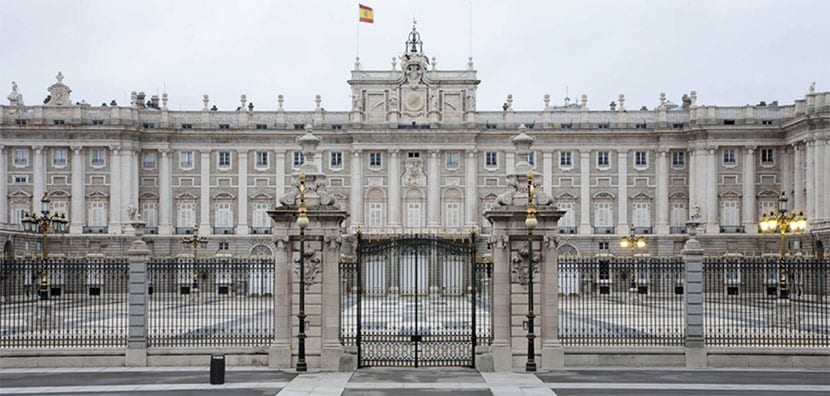
A city like Madrid It has many places to visit if you are a tourist. Shops, parks, neighborhoods, museums and of course, palaces. The official residence of the King of Spain is here too and is the Madrid's Royal Palace that summons us today.
It is a huge palace, he estimates that approximately It is the double of Buckinham Palace, in England, and even more than that of Versailles, so we are in the presence of a magnificent construction. Do we know it?
Visit the Royal Palace of Madrid
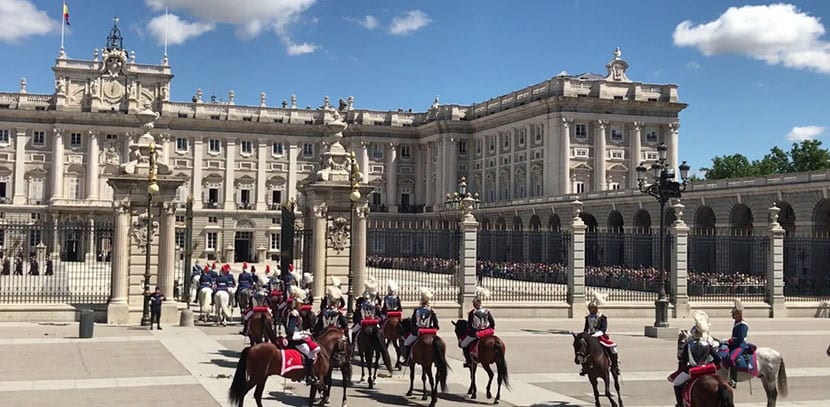
At this point, these types of buildings are more museums than houses or sites of the state administration, and this is also the case in this palace. Today it houses numerous collections of art, antique furniture, paintings and sculptures.
We can divide the palace grounds into an outer zone and an inner zone. Outside are the Sabatini Gardens and Gardens of Campo del Moro, Plaza de Oriente and Plaza de la Armería. In the latter is the Cathedral of Santa María la Real de la Almudena, from the XNUMXth century and today it is also a huge space full of trees.
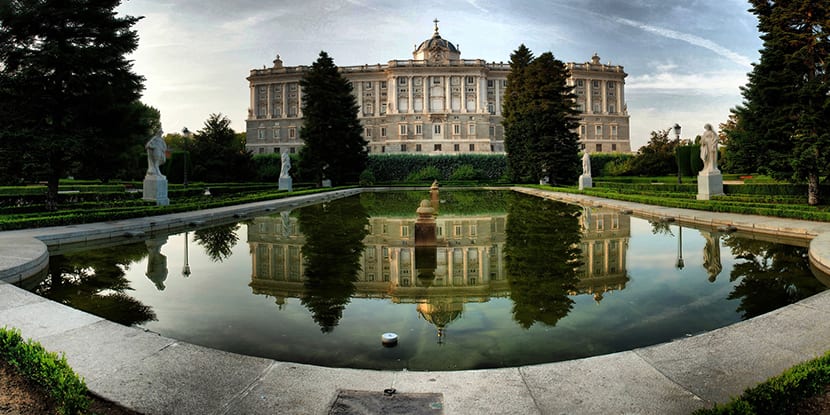
The Plaza de Oriente is also very large and has its origins in an idea by José I de Bonaparte who wanted to open a wide avenue. In the end, the avenue was not built but the area was cleared so the square was born, with its irregular shape, its royal theater and its beautiful three quadrants of gardens. If you want to see busts of Spanish kings here are 20 and they are commonly called the «goth kings«.
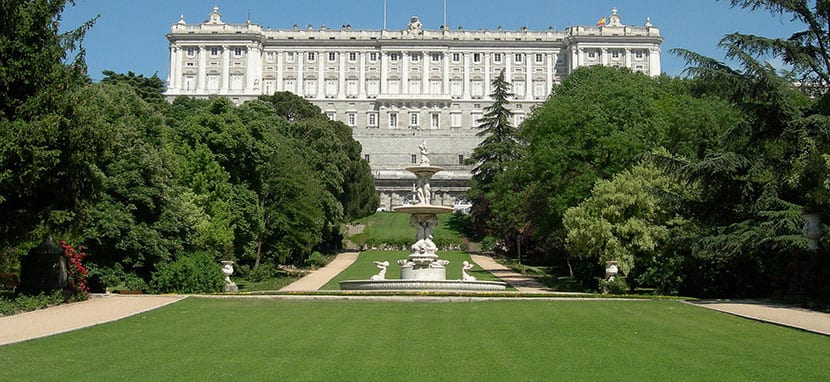
The Sabatini Gardens They are to the north and are French in style, also spacious and beautiful, although they are from the XNUMXth century. They have a pond and several fountains and wide staircases. For its part, the Campo del Moro Gardens have more history. They date back to the times of Felipe IV although the current form was taken under the reign of María Cristina de Habsburgo-Lorena.
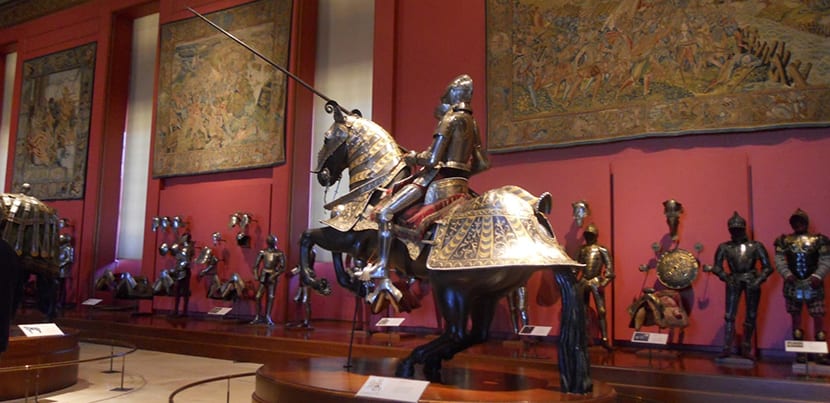
However, inside the Royal Palace of Madrid it is still worth visiting. Is the Royal Armory, the Royal Apothecary, the Royal Library, the Royal Kitchens and the General Archive of the Palace. If you went to Madrid before 2017 and visited the palace, I recommend you do it again because that year the Royal Kitchens opened, rebuilt with two thousand square meters. There are thousands of culinary objects on display and you can get a glimpse of how it was cooked in the XNUMXth century.
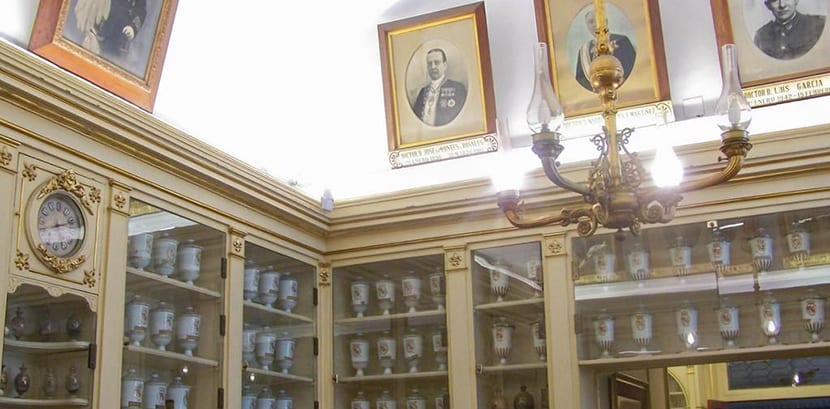
La Royal Apothecary It had the objective of supplying the royal family with medicines and it seems that it continues to do so. Until 2014 it was the Pharmacy Museum but afterwards everything was reorganized and some rooms rebuilt. If you like scales and old jars, there is nothing like this charming corner of the palace.
Swords, spears, knives and armor you can see in the Royal Armory, one of the two best armories in the world along with the Imperial in Vienna. Is the armor and tools of Carlos V, for example, and many pieces that are works of art by famous gunsmiths in history.
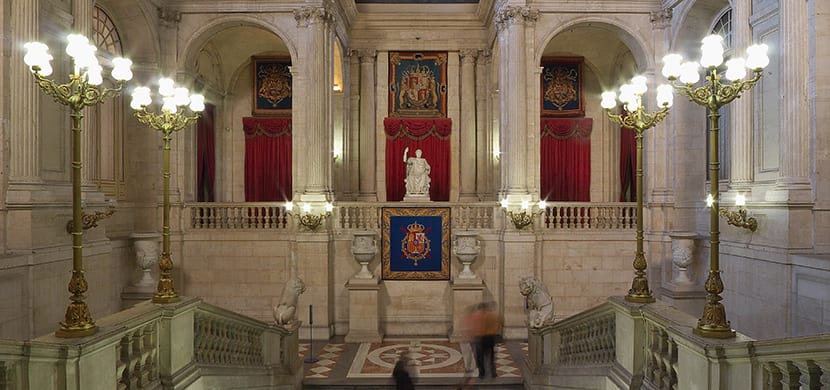
La Royal Library It has two floors and its bookcases are made of mahogany from the 30th century. There will be about 1760 thousand books, five thousand manuscripts, letters, incunabula and other loose writings of great value. A beauty. Later, beyond these spaces, the palace itself is beautiful, with its walls, its stairs, its windows. There is the beautiful main staircase from XNUMX, the frescoes around it signed by Corrado Giaquinto or the Hall of Columns, also with a vault by Giaquinto.

Different important events took place in this room and it continues to be chosen for conventions or meetings such as NATO summits, signing of international agreements or, for example, the abdication of Juan Carlos I a few years ago.

Other precious spaces? The Porcelain Cabinet, a place to look at the floor and not the ceiling, because the floor is the most beautiful it has, all made of different colored marbles and in winter protected by a thick wool carpet that simulates the colors and texture of marble. The Hall of Mirrors It was the dressing table of Queen Maria Luisa of Parma, with blue and white stucco, pink marble, and huge mirrors.
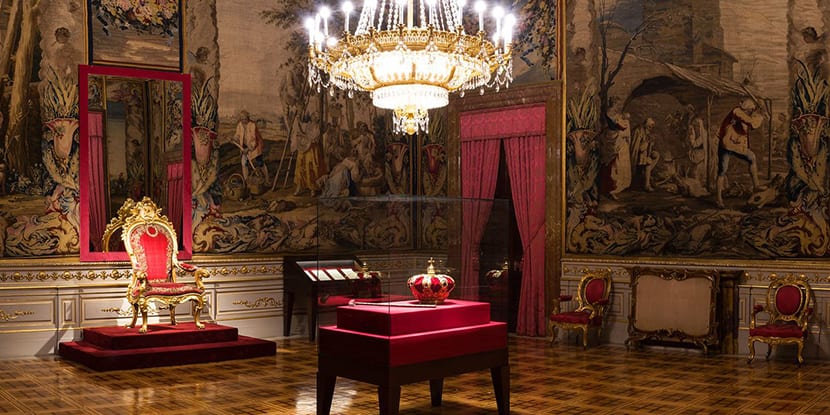
One of the most beautiful places in the palace is the Gasparini Chamber, a great survivor of the passage of time. Here the king dressed in front of the gaze of the Court. It is so named because it was decorated by Matías Gasparini, a great Italian architect, in the Rococo style, with marble and tapestries and a valuable XNUMXth century automaton clock. There is also the Crown room, decorated with tapestries representing the four seasons and housing the symbols of the constitutional monarchy.
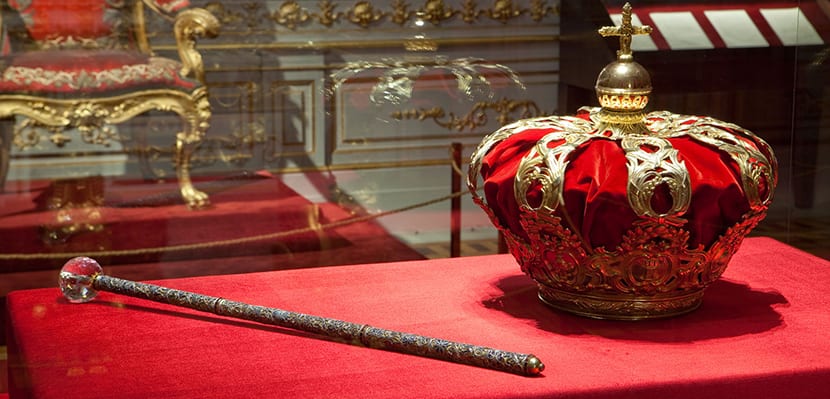
Are the crown and the scepter, the first of Carlos III in silver and the second of Carlos II in silver, garnets, enamels and rock crystal. There is an armchair, the original from the Throne Room of this palace, belonging to Carlos III, a necklace of the Order of the Golden Fleece, the speech of the proclamation of Felipe IV and a beautiful table in the Empire style where Juan Calos I sanctioned the law that allowed his abdication in 2014.
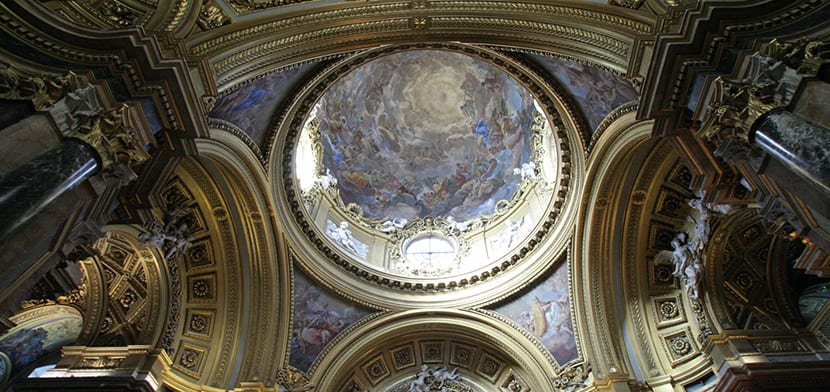
A royal palace has a chapel, obviously, and the Royal Chapel is beautiful. It was built in the second half of the XNUMXth century and has a black marble dome and columns topped with gilded capitals. It has an organ to the west, an atrium to the south, a main altar to the east and a Gospel altar to the north. The frescoes are by Giaquinto, pure angel, and the organ is especially beautiful. It has been a burning chapel of different sovereigns and within a Glass sarcophagus houses the remains of Saint Felix.
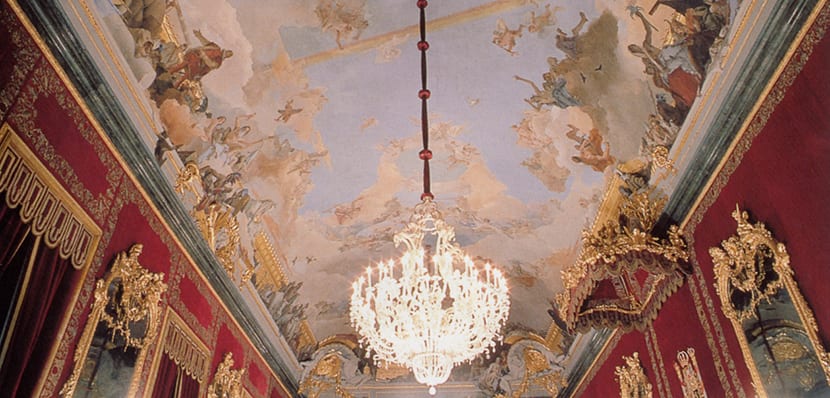
El Throne room It dates from the late XNUMXth century and different artists collaborated on its decoration. There are frescoes by Tiepolo, embroidery and mirrors signed by Giovanni Battista Natali, red velvets embroidered with silver threads, statues, bronze figures by Jacques Jonghelinck, bronze lions by Bonarelli and much more.
To these rooms we add the private rooms of Queen María Luisa, that of the infant Don Luis and that of Carlos IV.
Practical information to visit the Royal Palace of Madrid
- It has winter and summer hours. In winter it opens from October to March from 10 am to 6 pm, and in summer it opens from April to September, from 10 am to 8 pm. The Jardines del Campo del Moro open at the same times in the same stations. The palace closes for official acts or festivities in the municipality.
- The palace is prepared for people with reduced mobility and wheelchairs are available.
- Prices: 13 euros (basic rate + expo). If you visit the palace and the Royal Kitchen the price is 17 euros from April to September 1. Then it goes down one euro. The audio guide costs 3 euros and the guide 4 euros. Entry to the Campo del Moro Gardens is free.
- How to get there: lines 3, 25, 39 and 148. Line 5 and 2 (Ópera station). Prince Pius station. Visitor access is through the door of the Almudena esplanade, on the corner of Calle Bailén.